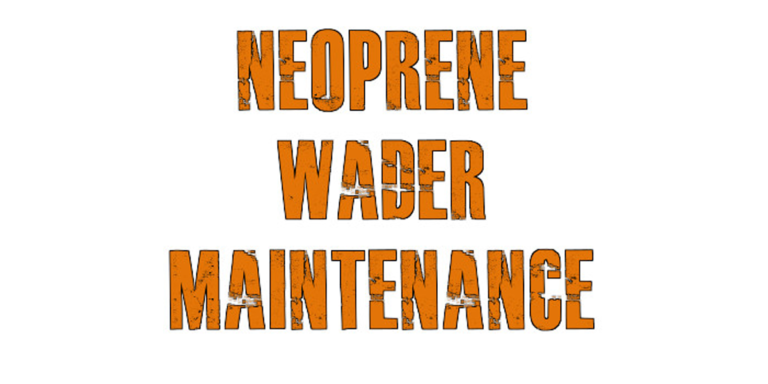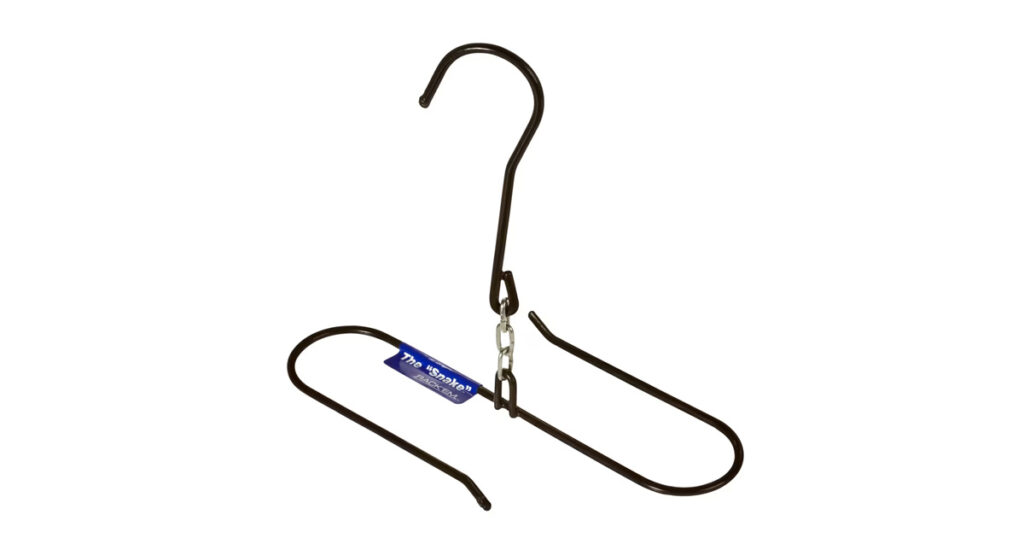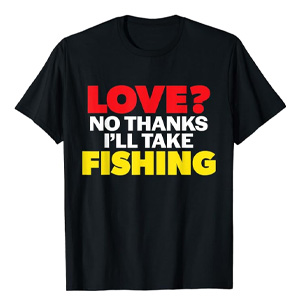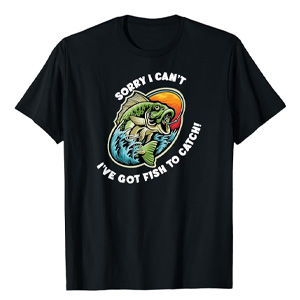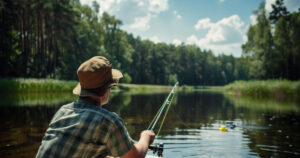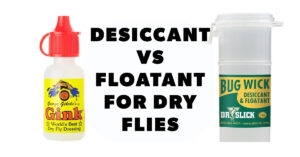Do you know how to care for neoprene waders?
I took a trip to the river today and pulled out the old neoprene chest waders. It is Fall after all and the water is plenty cold. When I got back I got to thinking of maintenance. When was the last time I washed those puppies down? Hmmm… It had been a while.
Neoprene waders are the old school standbys of fishing. Warmer than the old rubber things, they do need some maintenance to stay watertight.
General Neoprene Maintenance
Neoprene is fairly resistant to most chemicals and generally very durable. This being said, it is recommended that after every use you rinse them off and hang your waders up to dry. This will eliminate things like sand and chemicals from having time to work on your waders before you use them next time.
Cleaning Neoprene Waders
Every so often it is a good idea to give your waders a good thorough cleaning. To clean neoprene waders, hand wash them with a mild household detergent (that bottle of lemon-scented stuff you use on your lures will work) using moderately hot water. Rinse them off and hang them to dry.
If you want to get fancy, or your waders need a deep clean, you can give a detergent made for wetsuits. A specially designed neoprene cleaner will help eliminate odor and will condition the neoprene at the same time, extending the life of your waders.
When washing your waders, you should take care to use warm, not hot water. Water that is too hot will stiffen and break down the neoprene in your waders. Additionally, and it pains me to have to say this, but never try and wash your waders in a washing machine or with a pressure washer.
Storing Neoprene Waders
When it comes to how to care for neoprene waders, proper storage is at the top of the list. First off they like cool, dark and dry. Heat will speed up the breakdown of the rubber, sunlight will eat them up fast, and damp will foster mold/bacterial growth. The ideal situation is to store them hanging up in a nice dark, dry closet. For stockingfoot waders, several sources suggest stuffing the feet with newspaper to help them hold their shape and help dry them out. Leaving waders folded up can lead to creasing and create a weak point in the neoprene.
How To Hang Waders
If you are like me and tried using regular plastic hangers for hanging up your neoprene waders, you have found that it doesn’t work too well. First off, light plastic hangers bend and break under the weight of neoprene waders. Additionally, hanging waders from the shoulder straps will eventually stretch them out.
If you have bootfoot waders, there make hangers that are build to hang onto your boots and hang your waders upside down.
Stocking foot waders are a bit more of a challenge. My suggestion would be to stuff the feet with newspaper and then use a same hangers you would for bootfoot. This will give you the added benefit of helping to wick away water from the feet of your waders.
Repairing Neoprene Waders
No matter how well you take care of neoprene waders, they will fail eventually. How then do your repair your waders? Once you find the leak, which is a trick in and of itself, you need to seal it up with waterproof rubber cement. Here is the best way I have discovered so far to patch neoprene waders:
- Turn your waders inside out and lay them out flat on a table. Use some something heavy to hold them down.
- Put some wax paper or other material under where you will be patching your waders.
- Clean the damaged area with alcohol and put a good dab or Aquaseal or similar product on the hole. If it is just a pinhole, that will probably seal the hole.
- For larger holes or tears you will need to actually use patching material.
- Be sure to let your sealant dry overnight at the minimum. Unless you are using Cotol which is a drying accelerator.
That should keep your waders in watertight condition for years to come.
Like most pieces of fishing equipment giving your neoprene waders the proper care will greatly extend their lifespan and keep you from having wet feet on your next fishing trip.

